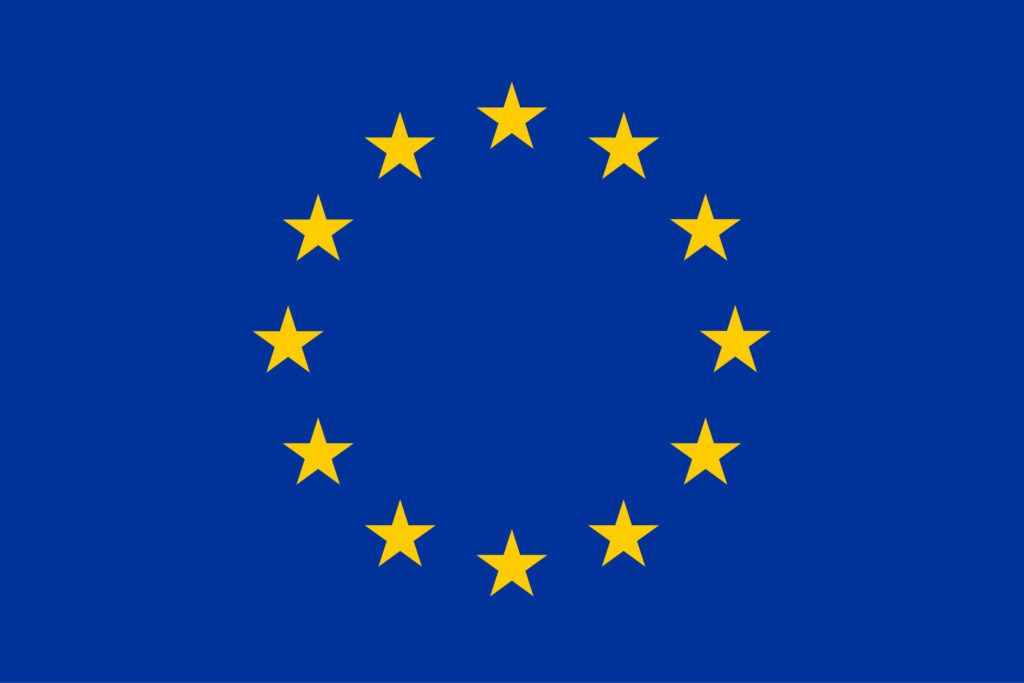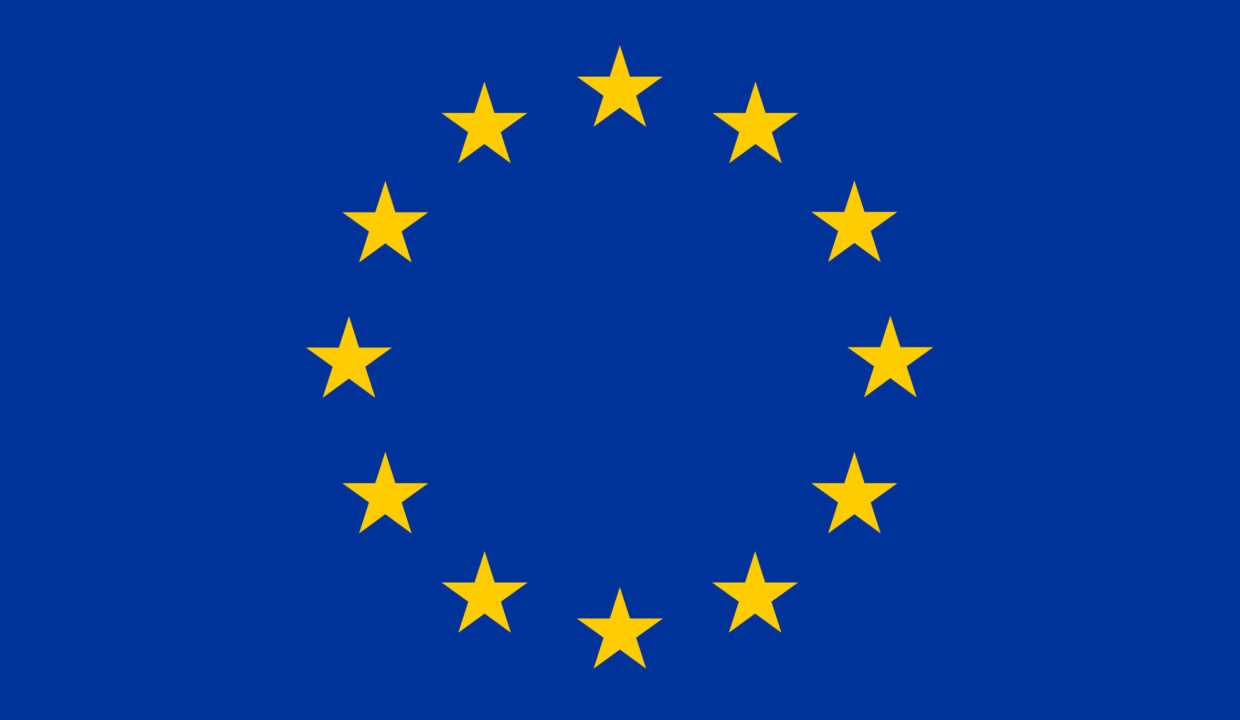Analysis of Inflation in the Eurozone and the EU in April
General Stability with Regional Variations
At Real Estate Lloret de Mar La Casa Das Haus, we understand the importance of staying informed about the current economic situation to make well-informed decisions. Therefore, we want to share with our clients, families, friends, and investors a detailed analysis of inflation in the Eurozone and the EU in April. Inflation has remained stable, although with significant regional differences, which is crucial for evaluating the economic landscape and properly planning your real estate investments. Our commitment is to provide you with real estate and informational services that help you make the best decisions.
General Inflation

- Stability in the Eurozone and the EU:
- The inflation rate in the Eurozone remained at 2.4% year-on-year in April, the same as in March.
- In the entire EU, inflation also remained stable at 2.6%.
Breakdown by Country
- Lowest and Highest Rates:
- Lowest: Lithuania (0.4%), Denmark (0.5%), and Finland (0.6%) recorded the lowest inflation rates.
- Highest: Romania (6.2%), Belgium (4.9%), and Croatia (4.7%) had the highest rates.
Month-to-Month Comparison
- Variation in Member States:
- Annual inflation decreased in 15 Member States.
- It remained stable in 4 Member States.
- It increased in 8 Member States.
Case of Spain

- Unfavorable Differential:
- The inflation rate in Spain was 3.4% in April.
- Compared to the Eurozone, Spain has an unfavorable differential of one percentage point.
- Compared to the entire EU, the unfavorable differential is eight-tenths.
Components of Inflation
- Energy and Food Prices:
- Energy prices fell by 0.6% year-on-year in April, a moderation from the 1.8% drop in March.
- Fresh food prices increased by 1.2% after having fallen by 0.5% the previous month.
- Services and Non-Energy Industrial Goods:
- The cost of services increased by 3.7%, lower than the 4% in March.
- Non-energy industrial goods rose by 0.9%, less than the 1.1% of the previous month.
Core Inflation
- Excluding Energy and Food:
- Excluding the impact of energy, the Eurozone inflation rate was 2.7%, compared to 2.9% in March.
- Also excluding food, alcohol, and tobacco, the core rate decreased to 2.7% from 2.9%.
General Interpretation
- General Stability: Inflation remained relatively stable in both the Eurozone and the entire EU, which could reflect a containment of general inflationary pressures.
- Regional Differences: There are significant differences among member countries, with some experiencing much lower or higher inflation rates than the Eurozone and EU averages.
- Impact of Energy and Food: Changes in energy and food prices have had a notable impact on the inflation rate, although their effect has moderated compared to previous months.
- Core Inflation: Core inflation, which excludes volatile items like energy and food, shows a downward trend, which could indicate a moderation of inflation in the more stable components of the consumer price index.






